by Ada Porat | Aug 9, 2023 | Change bad habits, Life skills, Personal growth, Self-awareness
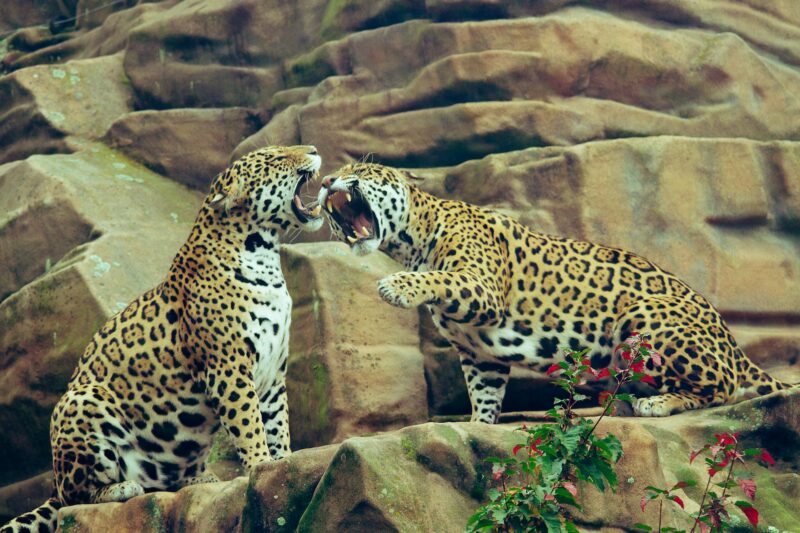
Photo credit: Frida Lannerstrom, Unsplash
We all have one – that inner critic that spews forth endless criticism, judgment or disapproval about our efforts. It might lead with critical questions like “what were you thinking?” or self-blame like “what’s wrong with you?” or “you’re such a loser!” And since our thoughts hugely influence how we feel and behave, the inner critic’s negative self-talk can become downright destructive.
This critical inner voice was formed out of painful early life experiences where we saw or experienced hurtful attitudes toward us or others close to us. Over time, we unconsciously adopted and internalized this pattern of destructive self-criticism, allowing it to continue the internal monologue even when there is no need for it.
When we fail to separate from the inner critic, it can run rampant in our lives, creating conflict and sabotaging our success.
Buddhist teacher Pema Chodron has said, “If we want to make peace with ourselves and with the world at large, we have to look closely at the source of all of our wars.”
Both war and peace start within us. If we want peace in our lives and in the world, we need to learn how to stop this internal violence and abuse. We must learn how to proactively address our negative thoughts and develop a more productive dialog within.
Here are six steps to tame the inner critic:
1. Develop awareness of your thoughts. Awareness precedes change, and taming the inner critic is no exception. Become aware of the voice of your inner critic; recognize that it is merely an aspect of your psyche and not all that you are. We get so used to hearing our own narrations we can become oblivious as to their source. Pay attention to your inner narrative; recognize that just because the inner critic says something, doesn’t mean it’s true.
2. Allow yourself to observe the inner critic. Become aware of when your inner critic shows up, and what its negative messages are. Notice how its messages are often exaggerated, biased, and disproportionate. Its power to control you lies in its ability to operate unchallenged. Typically, the inner critic’s judgments and accusations may not be fully truth-based. Allow yourself to see this inner bully for what it is, so you can take appropriate action.
3. Examine the evidence. If you are thinking in terms of absolutes (“You’re never going to make it” or “nobody loves you”) ask yourself if that statement is true. Looking at evidence on both sides of the argument can help you look at the situation more rationally and less emotionally. The evidence of insight empowers, while the condemnation of the inner critic always tries to diminish.
4. Identify the truth. Ask yourself what advice you’d give to a friend struggling with self-criticism, failure or doubt. Now, give that same advice to yourself with kindness. If you’ve made a mistake, having a decent regret and resolving to learn from it, is usually enough – you don’t need to condemn yourself for life.
5. Replace overly critical thoughts with more accurate statements. When you find yourself thinking, “I never do anything right,” replace it with a balanced statement like, “Sometimes I do things really well and sometimes I don’t.” You are allowed to make mistakes! Each time you find yourself thinking an exaggerated negative thought, respond with a more accurate statement and move on; don’t ruminate on your mistakes.
6. Balance acceptance with self-improvement. There’s a difference between always telling yourself that you’re not good enough and reminding yourself that you can work at improving. When we resist our flaws, they persist. Instead, accept your flaws for what they are today, and commit to work on improving in these areas. Acknowledging your weaknesses for what they are today doesn’t mean you are doomed to stay that way. It simply reflects your baseline today, and you can use that information to strive toward becoming better. That way, you use the input from your inner critic to motivate you instead of to bully you.
Your inner dialogue with yourself is a critical part of your psyche. It will either fuel your success or prevent you from reaching your full potential. Taming your inner critic and silencing the excess negativity will empower you to live more effectively and to develop your full potential.
About the author
©Copyright Ada Porat. For more information, visit https://adaporat.com. This article may be freely distributed in whole or in part, provided there is no charge for it and this notice is attached.
by Ada Porat | Jul 17, 2023 | Body Mind Spirit, Emotional healing, Life skills, Mindfulness, Personal growth
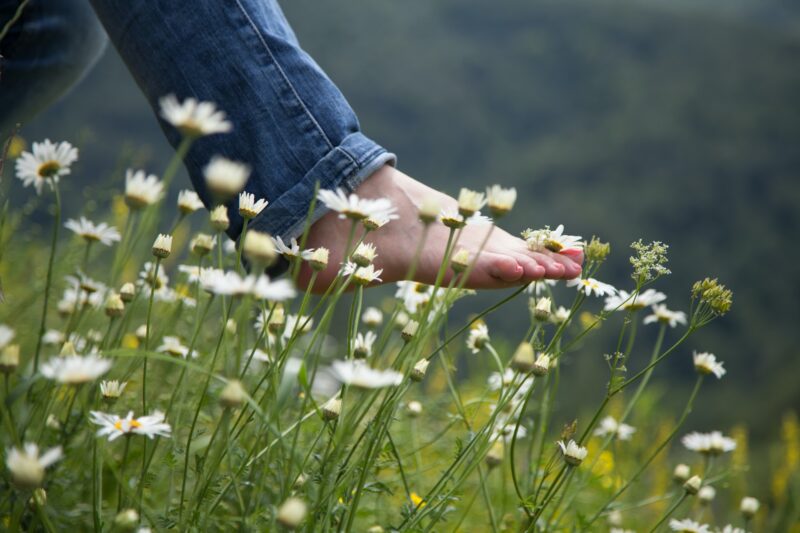
Photo Credit: Naira Babayan, Unsplash
Life includes a range of emotions, some pleasant and others challenging. We often feel the urge to resist or suppress challenging emotions, but doing so intensifies them over time.
Instead, mindfulness offers us practical ways to transform challenging emotions and enjoy inner peace. By developing this valuable skill, you can navigate difficult emotions with grace and enjoy greater emotional balance. Here’s how:
Become Aware of Your Emotions
Becoming aware of our emotions is the first step in effectively managing them. Check in with yourself during the day and become aware of the emotions you are experiencing. Recognize when challenging emotions surface so you can address them promptly before they escalate.
Identify The Emotion
By naming an unpleasant emotion, you can work with it more effectively. Does it feel like anger, stress, fear, overwhelm or anxiety? When you zero in and name the emotion, it brings more clarity to the way you feel.
Observe, Accept, and Detach
Simply observe the emotion without resistance or suppression. Recognize emotion as a natural part of the range of human experience. As an impartial observer, you can watch the emotion without losing yourself in it.
Externalize the Emotion
To externalize the emotion, visualize it as a color, shape, or tangible object. When you do that, it becomes more manageable and less overwhelming. You could visualize anger as a fiery red sphere, anxiety as a swirling cloud, or sadness as a heavy weight.
Consider the Source of the Emotion
Take a moment to reflect on possible triggers or causes for the emotion’s emergence. Understanding the source of the emotion can give you insight into how to avoid it in the future. Are you angry because you are hungry? Did someone’s actions trigger memories of old trauma that needs healing? When you understand how an emotion was triggered, it empowers you to do something positive about it.
Remember the Emotion’s Transient Nature
Emotions are transient, similar to clouds passing through the sky. Through patient observation, you’ll notice the emotion gradually losing intensity and dissolving, just as clouds dissipate in sunlight. You are not your emotions; you are eternal consciousness observing these transient emotions.
Return to Balanced Breathing
After processing a difficult emotion, you can regain calmness by focusing on your breath. Take a few deep breaths, keeping count on the inhalation and exhaling for the same count. Let your breath serve as an anchor, bringing you back to the present moment and restoring your inner sense of equilibrium.
When you handle emotions this way, you’ll access your emotional intelligence and restore inner peace, no matter what arises. Even more importantly, you’ll embody the presence of higher consciousness in which all forms of life can evolve.
©Copyright Ada Porat. This article may be freely distributed in whole or in part, provided there is no charge for it and this notice is attached. Ada Porat is an energy kinesiologist & pastoral counselor with extensive international teaching & clinical experience. She uses body/mind/spirit techniques to help clients make optimal life choices. For more information, visit https://AdaPorat.com
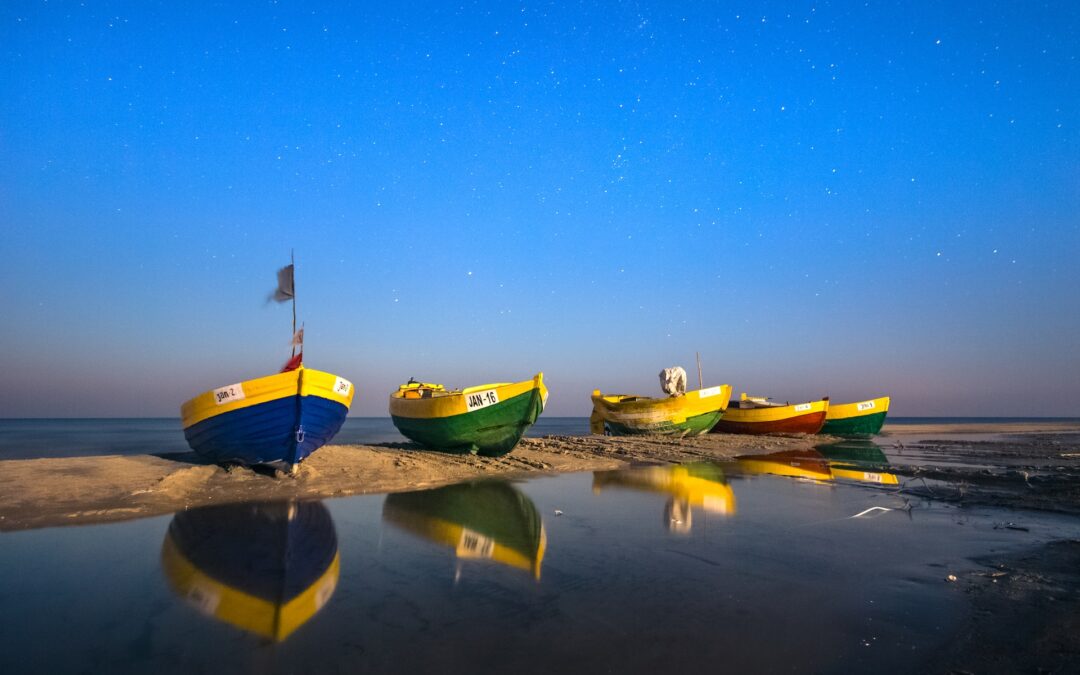
by Ada Porat | Mar 24, 2023 | Conscious living, Cope with change, Personal growth
Photo credit: Marek Piwnicki, Unsplash
For many centuries, mystics lived at the fringes of society on mountaintops and in monasteries. They did not mix with the masses or participate in worldly affairs. Today, all that has changed!
The evolving consciousness on the planet offers unprecedented growth potential for all. And around the globe, spiritually awakened beings are initiating positive transformation by becoming mystics in the marketplace. They usher in the Presence of Spirit and practice Higher Law wherever they go.
Mystics in the marketplace have learned to tap into Higher guidance. They live and lead from a place of inner direction instead of conforming to external conditions. They are powerful agents for positive transformation because they don’t operate by the lowest common denominator; instead, they embody a rising tide of consciousness that lifts all boats. These souls understand that the change we wish to see in our world, starts with each one of us and our individual field of consciousness. They know that all transformative change flows from the energy of that quantum field.
These mystics have answered the call to be the change they wish to see in the world. Perhaps you are already one of them, or you feel a tug to join the growing ranks of mystics who operate as change agents for positive transformation in the world.
You and I can help transform our world by serving as conscious emissaries of the Life Force within us. No longer do we need to separate ourselves from the world to survive; instead, we are called to consciously embody the presence of Spirit wherever we are, so consciousness can evolve.
To do so effectively, we need to understand that our ultimate purpose in life calls for growth in consciousness. We need to commit to the task by clearing, purifying and strengthening the presence of Spirit in our beings; and we need to become lighthouses that radiate the energy of love to foster positive change in the world. We can bring about transformation and healing through our becoming that. In a world crying for healing, there is no greater service we can offer.
Each one of us can contribute to the process, regardless of our individual level of maturity. Broadly speaking, there are three core stages of learning along the journey of personal growth and development: the initial stage of conscious awareness, the intermediate stage of informed action, and the advanced stage of transformative wisdom.
It is not uncommon to find yourself at an advanced stage of integration on one area of life, whereas you may be just starting to develop in another area. The key to personal growth lies in knowing where your personal process needs to be fine-tuned and then to support that growth with appropriate correction, learning and feedback.
Initial Stage – Conscious Awareness
The beginning stage of growth in consciousness requires new ways of thought, ideas and insight. You may encounter ideas that spark your desire to learn more – exploring other realities and belief systems, or delving into diverse fields of knowledge, teaching and materials. You may also spend a lot of time processing new concepts, working out in your mind what resonates for you and why.
Mistakes are common at this stage and that is okay. It may be difficult to filter irrelevant information appropriately because discernment is a skill that gets refined with time and practice. You may get overwhelmed when there are too many things happening in your life at once or if you put pressure on yourself. During this phase, personal growth tends to be sporadic, uncoordinated and often somewhat lopsided – not unlike what happens when you start playing a new sport for the first time.
Some of the most valuable tools during this phase include receiving constructive feedback and encouragement from others, giving yourself room and grace to fail, practicing forgiveness and staying committed to your journey. Repeated effort and practice will help you become more comfortable with the process.
Intermediate Stage – Informed Action
In the intermediate stage of growth, practical application becomes important. You start drawing on what you’ve learned to implement meaningful change in your life. It is no longer sufficient to simply know about things; you need to apply what you know in practical ways to learn how these concepts might play out. Experimenting with new tools, strategies and practices are important as you develop practical ways to integrate and live from higher levels of being.
During this phase, you start connecting dots in your learning; with the experience gained from practical application, you start shifting your perspective to higher levels of thinking, processing and acting. You also shift your internal processes out of the purely intellectual realm and into the heart, from where you can replace dynamics that are revealed by higher awareness as no longer beneficial.
During this phase of informed action, you may try many different approaches before experiencing a sense of accomplishment. Since practical application brings about real-world outcomes, you will likely become more aware of the external environment in which you operate, the constraints it imposes and your own impact on your environment. There can be a strong need for external feedback to validate choices, build confidence and offer assurance. Constructive feedback can help you maintain balance, align with core truths and recontextualize individual differences.
At this stage, individual limitations and beliefs need to be continually challenged and cleared to support continued development. Maintaining a balanced sense of personal power is also important to prevent compromise of your values.
Advanced Stage – Transformative Wisdom
The advanced power of transformative wisdom comes from integration of all previous stages of learning. When you apply knowledge and discern ways to fine-tune optimal processes, you develop wisdom. At this stage, you take full responsibility for your actions and become self-regulating. You’ve moved from the stage of knowing about things, to intentional doing specific things, and now you are becoming transformed by the process. You no longer look outside yourself for affirmation, guidance and support, but find it within through your ever-present connection to Source. Communion with the Divine Presence becomes your natural operating mode, whether on your meditation mat or in the board room; and it facilitates on-going input, discernment and fine-tuning as needed.
Functioning at this level brings deep awareness of the holographic universe and your intrinsic part in it, so you become an effective change agent for positive transformation. You are able to shift the energy field around you by the presence of what you’ve become. Personal growth or development may appear incremental or smaller on the surface, yet the process continues as you fine-tune your process and do deep inner work that may be invisible to others.
Clearly, each stage along the continuum of growth offers opportunities to make a positive contribution to the restoration of our world. Your presence is needed to help support the collective awakening and healing on the planet, wherever you are. By owning your process and believing in yourself, you can join the growing number of mystics in the marketplace who lead with conscious awareness, informed action and transformative wisdom.
©Copyright Ada Porat. This article may be freely distributed in whole or in part, provided there is no charge for it and this notice is attached. For more information, visit https://AdaPorat.com.
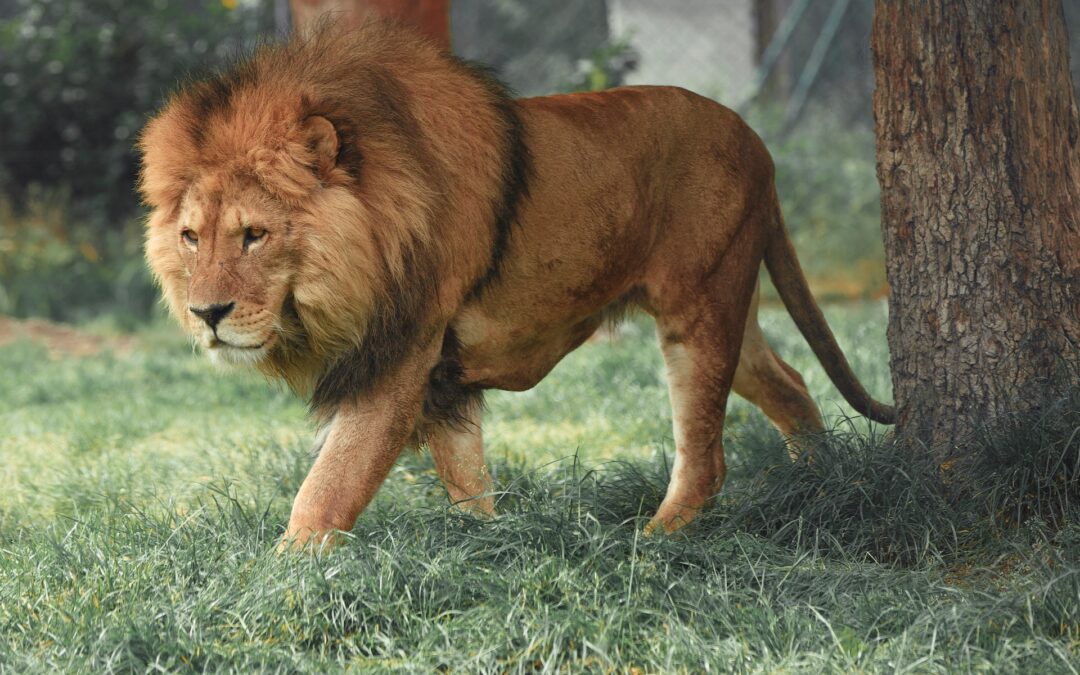
by Ada Porat | Jan 16, 2023 | Conscious living, Cope with change, Life skills, Personal growth, Resilience
Photo Credit: Francesco, Unsplash
We all feel the enormous impact of irreversible change that has swept around the globe in recent years. None of us knows exactly how our lives will be different by the end of this decade; we simply know that it will be different in more ways we can imagine. We cannot go back to yesterday or the life we lived ten years ago. Life as we knew it, is over – there is no going back.
Yet even as we recognize that the past is irrevocably over, we feel the stirring of something new within, the inklings of a new way of life that can replace the old. This gentle shift within offers us an incredible opportunity to become positive change agents who create innovative pathways, tools and systems for a new way of life to emerge.
You and I are living on the cusp between the old and the new; we are the ones who get to choose and lean into a new way, creating a new world and a fresh start. The choices we make in each present moment are energizing the shifts to create a sustainable future for us all.
Exciting? Oh, yes! And a little scary? Of course!
These times of change and uncertainty are messy for sure. Many of us are grieving losses that have piled up in recent years: loved ones, work, friends, homes, health, life as we knew it, and more. We may even yearn for the “good old days” if ever there was such a thing.
There are no iron-clad guarantees and reassurances for this process involving the death and rebirth of our physical reality – and so everyone is learning to adapt and innovate.
And yet as Nature reminds us with each passing season, death is followed by rebirth in a continuous cycle of life.
Around us, the totality of life remains filled with untapped possibilities and probabilities. Every challenging circumstance contains the seeds of possibility for us to tap into and create more optimal outcomes from the inside out.
What do you wish to see in your world? How do you intend to participate to bring that about? It is indeed a time to dream big, to vision and be bold.
As we move forward on this bridge between the world we knew and the one we are creating, we need to travel light: we need to let go of things outside ourselves that we cannot control, so we can take charge of our inner reality, which is completely in our hands. We also need step into our individual and collective maturity to support wise choices. Let’s look at how to get from here to there.
During times of uncertainty, emotions can feel overwhelming. Daily events may trigger shock, grief, fear or anxiety. These emotions are to be expected, because we are awash in a sea change of unknown currents.
When our survival instincts are triggered, we can become defensive, reverting to basic survival tactics and protective measurements for a sense of security. However, defensiveness keeps us stuck in resistance and prevents us from moving forward.
To keep moving, it is important to remember who you really are: you’re not just an ego in a body suit, you are an eternal soul who came on this earth journey to participate in the evolving consciousness of all life at this time.
You are so much more than your physical being! There are more resources available to you at non-physical levels than you can imagine. Whenever you start to feel overwhelmed, stop for a moment and take inventory of your spiritual resources in the world of Cause, rather the limited results around you in the world of Effects.
Humans are blessed with innate creativity and innovation. Despite challenges – and perhaps even because of them – we can create effective pathways forward.
We simply need to let go of lower levels of consciousness from where the problems in our world were created. Clearly, the challenges of our time require more than the duality-based limitations of an outdated Cartesian world view. We are asked to embrace the myriad possibilities coexisting in the Field, because higher awareness and a larger scope are essential for creating optimal outcomes now.
These uncertain times invite us to return to right relationship with our innate Self. We’re learning what no longer works, what no longer nourishes us, and what we no longer tolerate. We’re recognizing what we truly want from life, so we can make better choices for ourselves and the greater good.
Humanity has outgrown the childlike stance where a few can dictate and make choices for the collective. As each one of us steps into maturity and takes full responsibility for our own decisions, it will ripple outward and create optimal collective outcomes.
No matter how bleak and uncertain things appear to you, don’t look back. Go beyond!
Reach beneath the surface defenses of reactivity and blame, to the Presence of Spirit at your core. That Presence contains all possibilities and potentialities.
Whenever you feel overwhelmed, take a moment to enter that inner space of peace and calm. Simply hold that space until clarity arises. In so doing, you open up to possibilities beyond linear thinking so you can make optimal choices.
Times of uncertainty also call for spiritual maturity. We’re asked to let go of waiting to be rescued, and to step onto the path as mature being, knowing that we are the very ones we’ve been waiting for. Spiritual maturity empowers us to leave behind the outdated, limiting roles assigned to us so we can co-create a better future.
Maturity gives us faith in unseen possibilities, so we can hold onto the intention for what can be. It asks us to look beyond the limitations of what was or is, so we can see and embrace new possibilities that show up now.
This is an invitation to become fearless! Do not allow obstacles on the surface of life to undermine your faith. Faith is the substance of things hoped for, the evidence of what is not yet seen. Hold on to that and you will prevail.
We’re also need to travel light. It’s time to clear out old conditioning, to heal the memories of past wounds, and to let go of what’s no longer needed. By freeing ourselves from past hurt and limitations, we create more room for our lives to unfold.
Do not let others tell you what is appropriate for you. When you let others decide for you, you abdicate your power. Evaluate, contemplate within and choose for yourself.
Above all, embrace the process of individual growth, for it is your evolutionary lifeline. Let go of resistance and you will discover new possibilities emerging from the Truth within.
As mature beings, we learn to be at peace with not knowing. We embrace the ever-changing nature of life and take full responsibility for our individual choices along the way.
It is safe to trust in the benevolent plan of a loving Creator – and to trust yourself. Personal mastery requires you to trust yourself, trust the unseen hands that guide and uphold you, and to trust the Divine plan which may be invisible to the eye, yet is unfolding even now.
Maturity also teaches us to stay in the void of uncertainty and discomfort; to resist grabbing for some fake version of permanency or settle for some substance to numb our awareness. The security we want is within; it does not lie outside of us.
When borne of fear or resistance, compromise is not our friend. To evolve, we dare not let the familiarity of known limitations hold us back from the limitless possibilities we do not yet see. Resolve not to settle for the devil you know, but to push beyond.
Personal mastery shifts our focus away from external conditions beyond our control to our inner life over which we have ALL control. That is where we find the innate power, peace and creativity to creative a better world where everyone can thrive.
About the author
©Copyright Ada Porat. For more information, visit https://www.adaporat.com. This article may be freely distributed in whole or in part, provided there is no charge for it and this notice is attached.
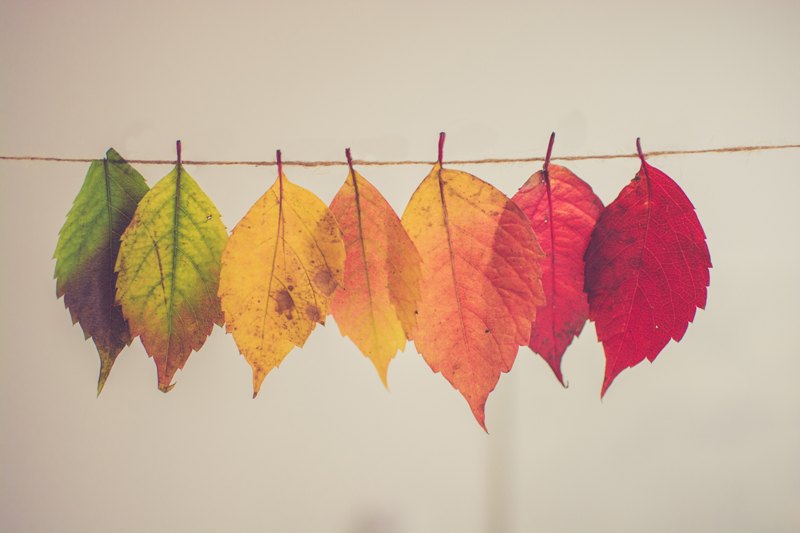
by Ada Porat | Nov 22, 2022 | Gratitude, Happiness, Personal growth
Photo Credit: Chris Lawson, Unsplash
What would life look like if we experienced more gratitude? Imagine your satisfaction when someone expresses gratitude for your efforts; or your contentment when feeling happy about life, right in this moment. We can all have more of that because growing gratitude is a valuable life skill we can learn!
The simple attitude of gratitude is one of the most powerful creative energies we can work with. It transforms our consciousness because energy flows to whatever we focus on, and makes it grow.
Gratitude also increases happiness. When we express genuine appreciation for the goodness we already enjoy each day, we cultivate happiness in our lives.
Perhaps you have not yet lost the twenty pounds you want to, but you have learned to make better food choices. Or you have not yet found the love of your life, but you have been blessed with loving relatives and friends.
It’s a simple yet powerful principle: You can develop more of what you desire in life by noticing what you DO have already and growing an attitude of gratitude for that. You have the power to create more of what you love by expressing genuine appreciation for the good things you already have.
Expressing gratitude is a learned skill. It is done not in a superficial or schmaltzy way, but through genuinely heartfelt, eyeball-to-eyeball or heart-to-heart connection. It involves appreciation delivered with real meaning rather than some perfunctory mumblings or syrupy platitudes.
Just think of all the meaningful things that you have already enjoyed today: the smell of coffee that got you going, a warm shower, soft towels, a selection of clean clothes in your closet, sunshine warming your face, tantalizing aromas all around, the ability to walk and talk… there’s so much to be grateful for!
Once the habit of growing and showing attitude takes hold, you’ll start noticing more and more of life’s blessings around you. Gratitude expands our hearts to notice more of what we already have appreciation for.
Imagine how relationships would be enhanced if you used the same approach to express appreciation for the people in your life!
Take a few moments to consider the relationships you’re grateful for. Reflect on the qualities you appreciate in each of your relatives and friends: the smile on a child’s face, the hug of a loved one, the spontaneous playfulness of a friend… and even their individual ways of craziness! We can find something to be grateful for in every person or situation.
I had an eccentric great-aunt who had the knack for making keen observations about others at the most inappropriate times. I used to blush in embarrassment at her unflinching directness, yet when she was no longer able to attend family gatherings, her special brand of candor was sorely missed. Only then did I realize how her unique brand of eccentricity enriched our lives.
Perhaps there are a few people with varying degrees of eccentricity populating your life as well. They also have a role to fulfill — even if it is to stretch your tolerance level, teach patience or give you an opportunity to forgive! And yes, they offer you an opportunity to grow more gratitude.
Expressing gratitude is a priceless gift we can offer ourselves and others. Now is a perfect time to express your gratitude to people who have touched your life. Let them know what you love about them and how it makes you feel. You’ll add meaning to their lives while strengthening your relationships.
Growing gratitude is indeed a valuable life skill we can learn to enhance our quality of life.
About The Author:
©Copyright Ada Porat. For more information, visit https://adaporat.com. This article may be freely distributed in whole or in part, provided there is no charge for it and this notice is attached.
by Ada Porat | Oct 26, 2022 | Conscious living, Mindfulness, Peace, Personal growth, Spirituality
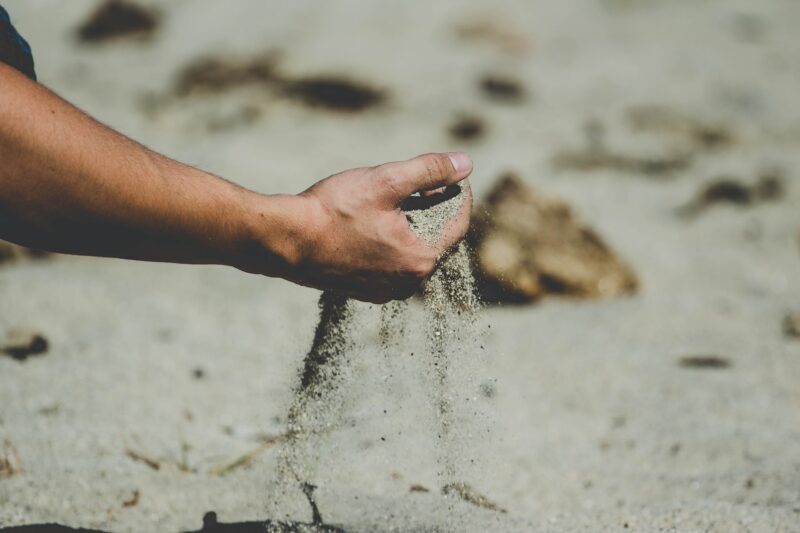
Photo Credit: Elijah Hiett, Unsplash
I once had a client tell me: “Everything I’ve ever let go of had my claw marks all over it, and it hurt!” Sound familiar?
Many of us struggle with surrender or letting go because we see it as defeat or giving up. It scares us. We may equate surrender with quitting or failure, yet true surrender ultimately sets us free and empowers us.
True surrender asks us to open our hearts and look beyond our limited attachments. It invites us to let go of things that ultimately cause us pain, so we can embrace higher blessings. It is a transformative practice that we can nurture daily by bringing present moment awareness to our lives: How we think and act, what we choose, and where we place our focus.
Surrender happens in very practical ways of daily life. It’s not some abstract spiritual ideal for holy people, but rather the process of allowing Life Force to move through us and clear out what is no longer beneficial. It is an opportunity to open our hearts and to look beyond our fears, expectations, woundedness and disappointments to the freedom and peace that awaits when we let go of those lesser energies. Letting go is an invitation to reach beyond our limitations toward higher levels of being.
Surrender is neither defeat nor resignation. It activates our natural ability to let go of what now longer serves us. The process of surrender invites us to stop clinging and to view all our experiences with self-compassion. It calls us into a deeper relationship with the Creative Presence beyond our individual experiences.
The passing parade of everyday encounters offer us multiple opportunities for surrender. Do you feel put out by a last-minute change in schedule? Letting go of that can open your heart to receive an unexpected blessing you would have otherwise missed. Stuck in traffic? Letting go of impatience frees up your mind to give thanks for many other things that have worked out for you.
Surrender requires a change of focus. Instead of resorting to habitual knee-jerk reactions, we choose to become fully conscious of the bigger picture and choose a more appropriate response. We can let go of old beliefs and engage a broader perspective with more trust, deeper compassion for ourselves and others, and acceptance of what is.
Surrender also requires us to trust in the larger process. We are asked to stop clinging to our preconceived ideas about life, to let go and to let Higher consciousness guide us past our limiting attachments to something better. When we open to the process of surrender, we recognize that it is our desperate clinging to the known, that most often cause us pain. When we open our hearts to let go of that to which we cling, we find the grace to also embrace that which we resist. By letting go, we find personal growth and peace.
When struggling with letting go, it helps to remember that we’re simply letting go of old programs, limitations or feelings that have victimized and enslaved us for a long time. These old programs and coping mechanisms have simply blinded us to the higher truth of our real identity. We are letting go of what no longer serves us, to make room for what is more aligned with our path now!
The process of surrender is not complicated, but it does require self-discipline. It involves becoming aware of a reactive feeling as it arises within and staying with it; letting that feeling run its course without resisting, changing or trying to do anything else about it.
It’s helpful to remember that you are not your feelings; you exist beyond your feelings because you are able to observe them, so you are more than your feelings and cannot be swept away by them. From that perspective, you then simply observe what you are feeling – without resisting it, venting it, fearing it, condemning it, or moralizing about it. You are not judging the feeling because you recognize that it is just a feeling. You simply stay with the feeling and surrender all effort or desire to modify it in any way. You even let go of wanting to resist the feeling. It simply is what it is!
It is resistance that keeps our unwanted feelings going. A feeling that is not resisted will dissolve as the energy behind it dissipates. As soon as you find yourself no longer resisting or trying to avoid or modify the feeling, it will dissipate and shift to another feeling with a lighter sensation such as calm.
When you first start the process of surrender, you may notice how fear or guilt arise around the feelings you have, adding layers to the feeling. For example, you may notice some reaction that comes up in response to a feeling of fear you’re experiencing. You may be afraid of feeling fear, or you may judge your fear of feeling the fear. When this happens, just let go of the surrounding fear or judgment first, and then you’ll be able to let the core fear itself drain away.
To effectively surrender emotions you’d previously clung to or resisted unconsciously, it is helpful to stay fully present with your feelings. Ignore any thoughts, stories, or rationalizations that may arise in your mind. Renown psychiatrist Dr. David R. Hawkins used to say that thoughts are endless and self-reinforcing, so they only breed more thoughts. When you surrender all thoughts around a feeling, you will notice that old, entrenched feelings dissolve faster and with more ease.
You will also notice that all negative feelings are ultimately associated with the basic survival instinct. Feelings are merely survival programs that the mind believes are necessary for survival. By surrendering to the process and letting the feelings run their course, you are progressively winding down these outdated programs and you will experience more peace.
We are asked to surrender many times daily: in our work, love, relationships, and bodies. It takes great courage to let go and surrender to what is. It takes a firm commitment to open our hearts and hands, releasing what we’ve clung to. And yet, when we do this work, our hearts open to more peace, equanimity, and trust to enrich our lives.
When we stay present in each moment, we learn to recognize opportunities for surrender as calls for growth everywhere in life. It becomes a practical way of handling relationships, limitations and challenges. It also becomes a deeply personal journey of inner transformation. Instead of bemoaning our lot, we start to welcome every experience as a hand-picked opportunity for our ultimate learning and growth.
Living and letting go are intertwined. The more we surrender our resistance to unwanted difficulties, the more space we open up for all that’s beautiful, profound, and abundant. We attune to the sacred beauty of whatever is right in front of us at any given time.
About The Author:
©Copyright Ada Porat. For more information, visit https://adaporat.com. This article may be freely distributed in whole or in part, provided there is no charge for it and this notice is attached.






